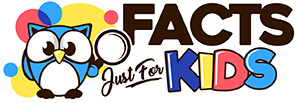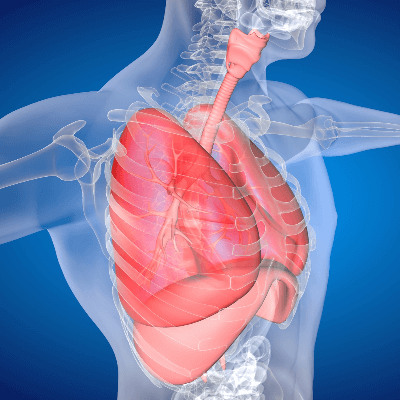
- Name: Respiratory
- System: The respiratory system
- Location: Upper body, throat and head
- Purpose: Breathe in oxygen and breathe out carbon dioxide
- Organs: Nose, mouth, trachea, lungs and diaphragm
- TA ID: A06.0.00.000
- FMA ID: 7158
27 Respiratory System Facts for Kids
- The respiratory system is a group of organs in the human body that exchange oxygen and carbon dioxide.
- The respiratory system is what allows humans to breathe in oxygen and exhale carbon dioxide.
- The respiratory system consists of quite a few organs, including the lungs and the diaphragm.
- The maximum capacity of adult human lungs is about 1.5 gallons.
- The human body takes around 17,000 breaths each day or around 2,000 gallons of air.
- The lungs are where the gas exchange happens, oxygen is brought into the body and carbon dioxide is released.
- The diaphragm is the muscle that controls around 80% of the breathing a human does.
- There are two parts to the respiratory system, the upper respiratory tract and the lower respiratory tract.
- The upper respiratory tract is the nasal cavity, paranasal sinuses, part of the throat (pharynx) and the larynx (voice box).
- The lower respiratory tract is the trachea, bronchi, right lung, left lung and the diaphragm.
- The respiratory system is the attack vector (entry point) for many viruses, bacteria and fungus.
- When you have a respiratory infection, it is classified as an upper respiratory infection or a lower respiratory infection.
- An upper respiratory infection is an infection in the upper respiratory tract.
- A lower respiratory infection is an infection in lower respiratory tract.
- Asthma is a disease that is caused by long-term inflammation of the bronchial tubes.
- Doctors don’t know why some people get asthma and others don’t. The theory is asthma is caused by air pollutants, allergens or genetics.
- In 2015, it’s estimated that 358 million people worldwide had asthma and it caused over 397,000 deaths.
- Chronic obstructive pulmonary disease, also known as COPD, is a respiratory disease where damage to the lung tissue and alveoli (air sacs) makes it hard to breathe.
- COPD is caused by smoking and breathing in harmful chemicals.
- In 2015, it’s estimated that over 174 million people had COPD and it caused 3.2 million deaths.
- Pneumonia is a potentially deadly infection of one or both lungs.
- Pneumonia causes fluid buildup in the lungs and prevents your body from getting enough oxygen.
- Pneumonia can be caused by a virus or bacteria.
- In the United States, around 250,000 people are hospital due to pneumonia and around 50,000 die.
- Lung cancer is a form of cancer that originates in your lungs.
- Lung cancer can be caused by smoking, environmental pollutants and genetics.
- In 2018, lung cancer was responsible for the deaths of over 1.7 million people worldwide.
Pictures of the Respiratory System
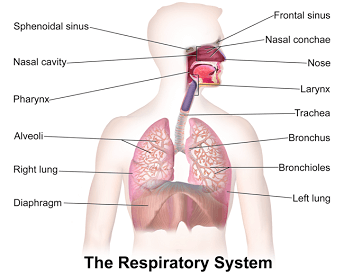
A diagram of the entire human respiratory system.Credit: Bruce Blaus
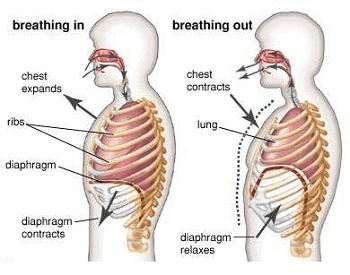
A diagram showing how humans breathe in and out.Credit: Encyclopædia Britannica, Inc.
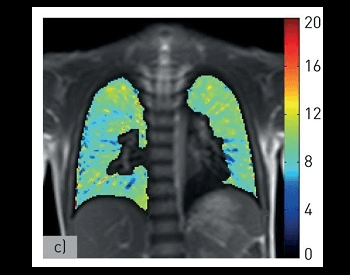
An MRI image of the human respiratory system.Credit: The European Respiratory Society
Additional Resources on the Human Respiratory System
- Respiratory System Basics – Find more fun facts about the human respiratory system on the Canadian Lung Association website.
- Intro to the Respiratory System – Discover more about the human respiratory system on the National Cancer Institute website.
- Respiratory Diseases – Learn about the diseases that affect the human respiratory system.
- Human Respiratory System – Britannica – Read the Britannica entry on the human respiratory system.
